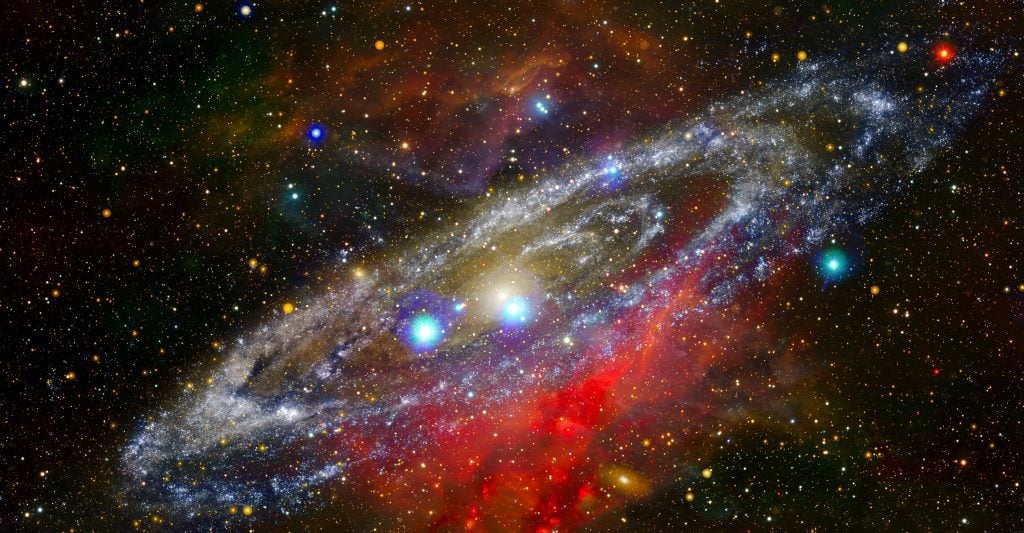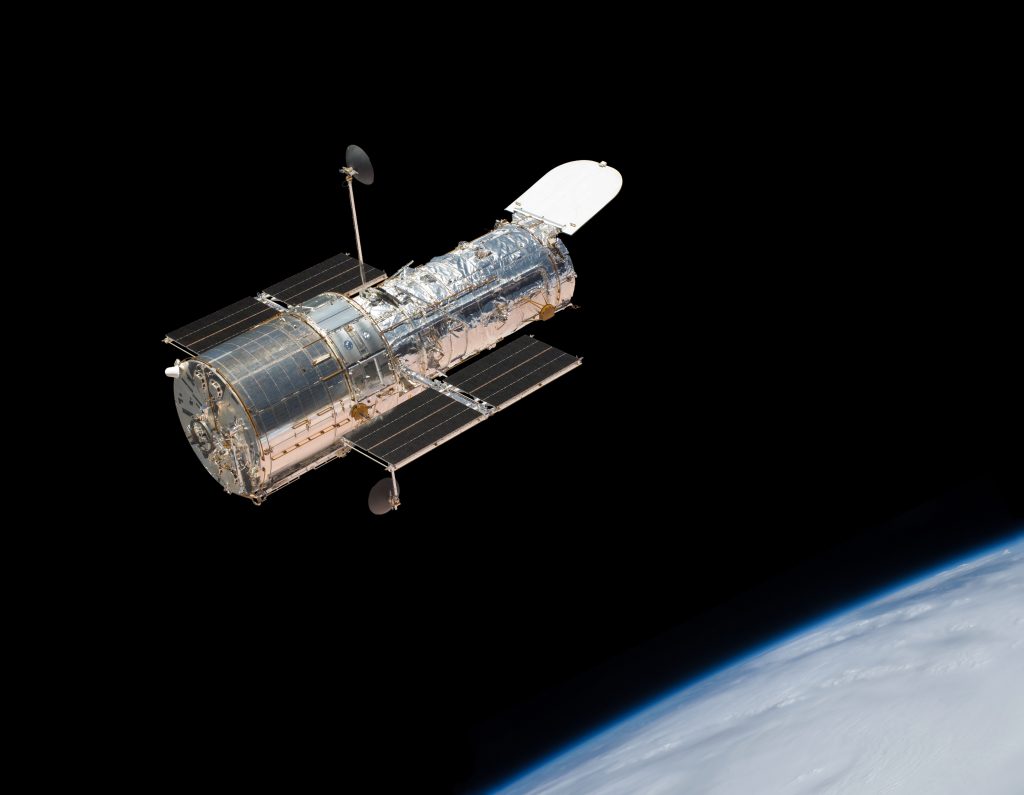Hubble Archive Data Uncovers “Supposed” Missing Link Between Earliest Galaxies And Blackhole Formation
Considering how the saturation of the universe with galaxies, it is not unusual to miss certain important details even after years of capture by the Hubble Space Telescope observations. A team of international astronomers going through Hubble archive data discovered a weird red dot (GNz7q) almost in the middle of the Great Observatories Origins Deep Survey-North (GOODS-North).

They believe GNz7q could be the missing link between the earliest galaxies and the inception of the blackholes. The object has existed for about 750 million years since the big bang. The astronomers believe it is a growing blackhole masked in dust due to the mixture of radiation from it. According to them, star formation alone cannot emit such radiation.
The Hubble telescope has provided NASA’s James Webb Space Telescope with endless opportunities to study several universe objects in detail.
Origins of Supermassive Black Holes
According to existing evidence, GNz7q is a newly formed black hole. Experts predict growing blackholes masked in dust through theories and computer simulations. However, until now, this mysterious red dot was lurking in Hubble’s archive without observation.
An astronomer at the Niels Bohr Institute of the University of Copenhagen, Seiji Fujimoto, indicated that “analysis suggests that GNz7q is the first example of a rapidly growing black hole in the dusty core of a starburst galaxy at an epoch close to the earliest supermassive black hole known in the universe.” He added, “the object’s properties across the electromagnetic spectrum are in excellent agreement with predictions from theoretical simulations.” Fujimoto is also the lead author of the Nature paper that describes the discovery.

Astronomers are mystified at how supermassive black holes grow so huge at a faster rate. According to existing theories, they start developing in the dust-shrouded cores of energetically starburst galaxies. They later emit the surrounding gas and dust and develop as enormous luminous quasars.
The astronomers suggest GNz7q is likely the missing link between starburst galaxies and luminous quasars.
